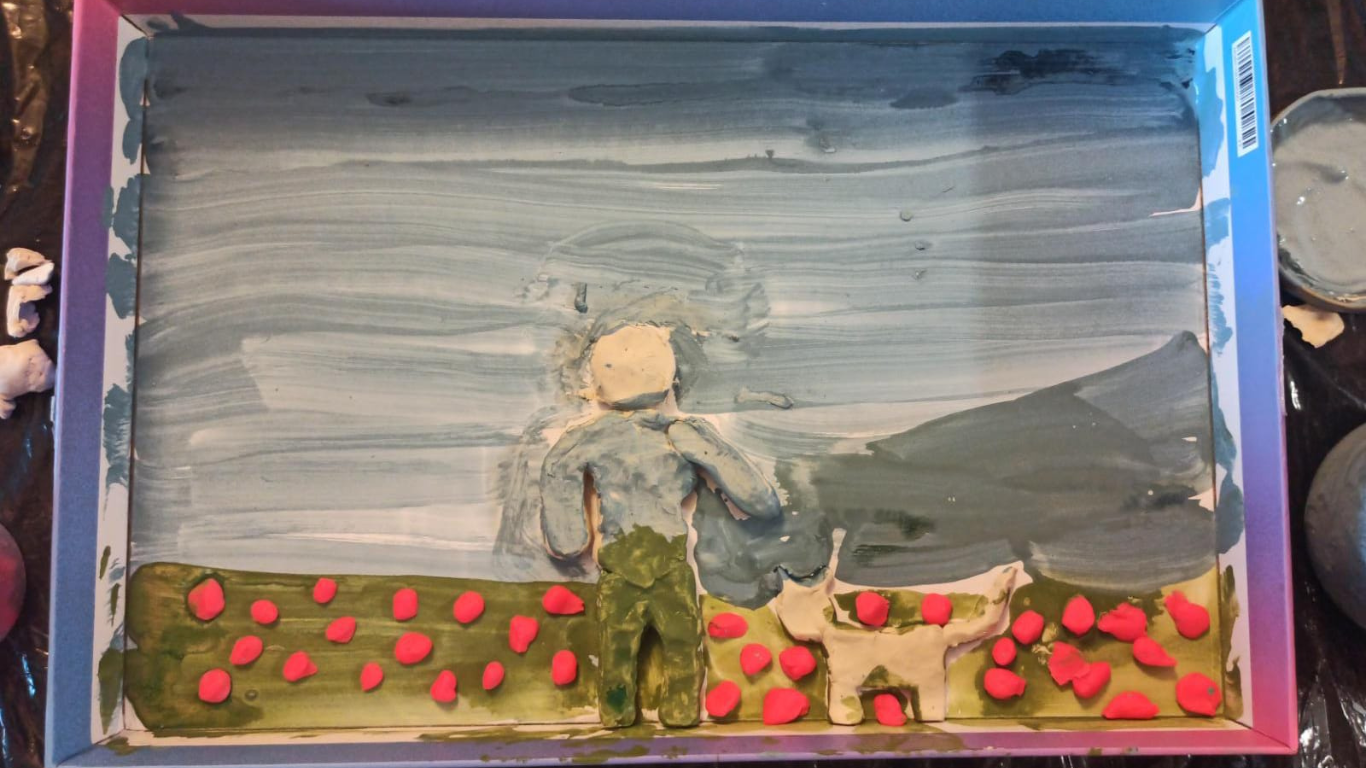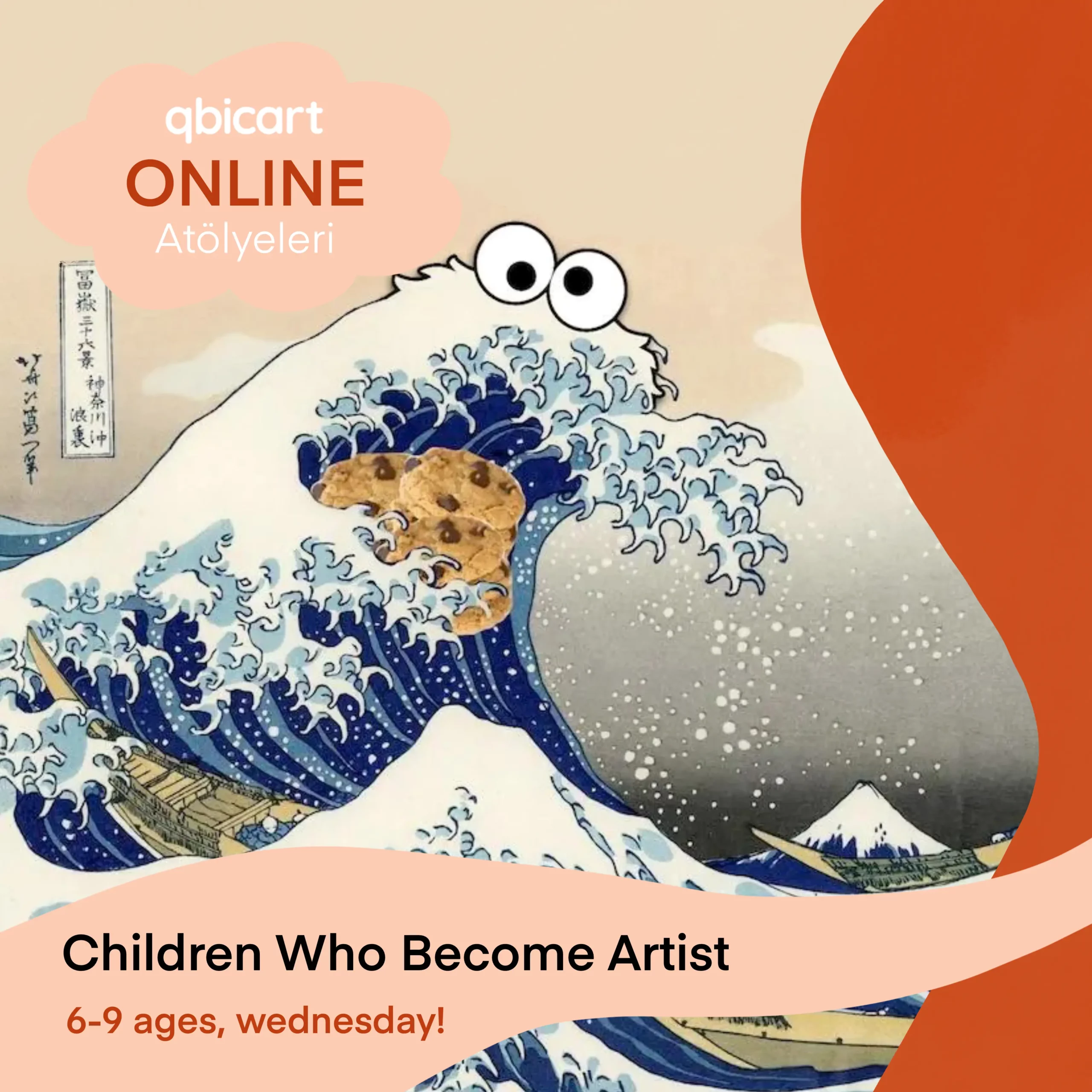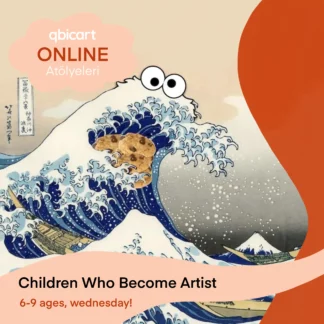Description
The Child to Be an Artist
We set out with the intention of revealing all the artists of the world 5 years ago, we started to present our ‘The Child to Be an Artist‘ program to you in order to enable children to experience their art journey individually, to produce, question and express by discussing with their peers in a group.
Within this unique program, which we have prepared with our experienced instructors in the field of art education; There is a curriculum that covers all the themes and topics that the child reveals through their environment and perception of the world, from ancient times to modern art, from creativity that exists in nature to conceptual art.
In this program, which we have prepared for 6-9 age groups, taking into account their readiness, we establish online art groups with the participation of a minimum of 4 and a maximum of 6 children. We can present our ‘Child that is going to Be an Artist’ program, which takes place for 1 hour per week, in Turkish and English language options.
GAINS:
Describe, analyze, and interpret artwork of students’ own creation. Analyze, interpret, and evaluate the form and content of works of art.

MAY 1. WEEK
Marc Chagall
Let’s fly over colorful cities. When examining Marc Chagall’s works, the cities, buildings, animals, and violinists in his paintings all seem like part of a fairy tale. Let’s create our own colorful cities in the style of Chagall. Are the figures in Chagall’s paintings flying out of happiness? Or are they in a dream? What do you think about imagining ourselves soaring in the sky of this city we’ve designed?
Materials:
- Sketchbook, markers, pencil, coloring pencils.
MAY 2. WEEK
Henri Rousseau
How about creating your own fantasy forests? Did you know Henri Rousseau painted rainforests he had never visited them? What plants and animals might inhabit this forest? Let’s imagine this in three dimensions. How about creating our own forest with ceramic clay? Let’s create tiny sculptures of undiscovered animal species. Don’t forget to imagine the sounds of distant animals and the smell of plants while shaping clay. Let’s take a look at this fantasy forest from our perspective as well.
MAY 3. WEEK
Pablo Picasso
Pablo Picasso is perhaps one of the most important painters known. A pioneer of the Cubism movement. What exactly does Cubism mean? Have you ever noticed musical instruments when examining some of Picasso’s cubist works? Yes, there’s a cubist guitar there. It’s fragmented but I can still distinguish its strings and neck. Let’s create our own cubist guitar by drawing and cutting from colored papers, scrap magazine, and newspaper pieces. I wonder what kind of sound this cubist guitar would make?
MAY 4. WEEK
Georgia O’Keeffe
Let’s take a closer look at the works of Georgia O’Keeffe, who creates close-up and large-scale flower paintings. If we observe a flower with a magnifying glass, what details would we see? Let’s observe plants and flowers with magnifying glasses. After our observation, let’s try to transfer the different details we identified onto our paper and draw them. We can divide our paper like a film frame and draw the details of each observation. What secrets lie in the details? Let’s sequentially transfer our discoveries to our painting





